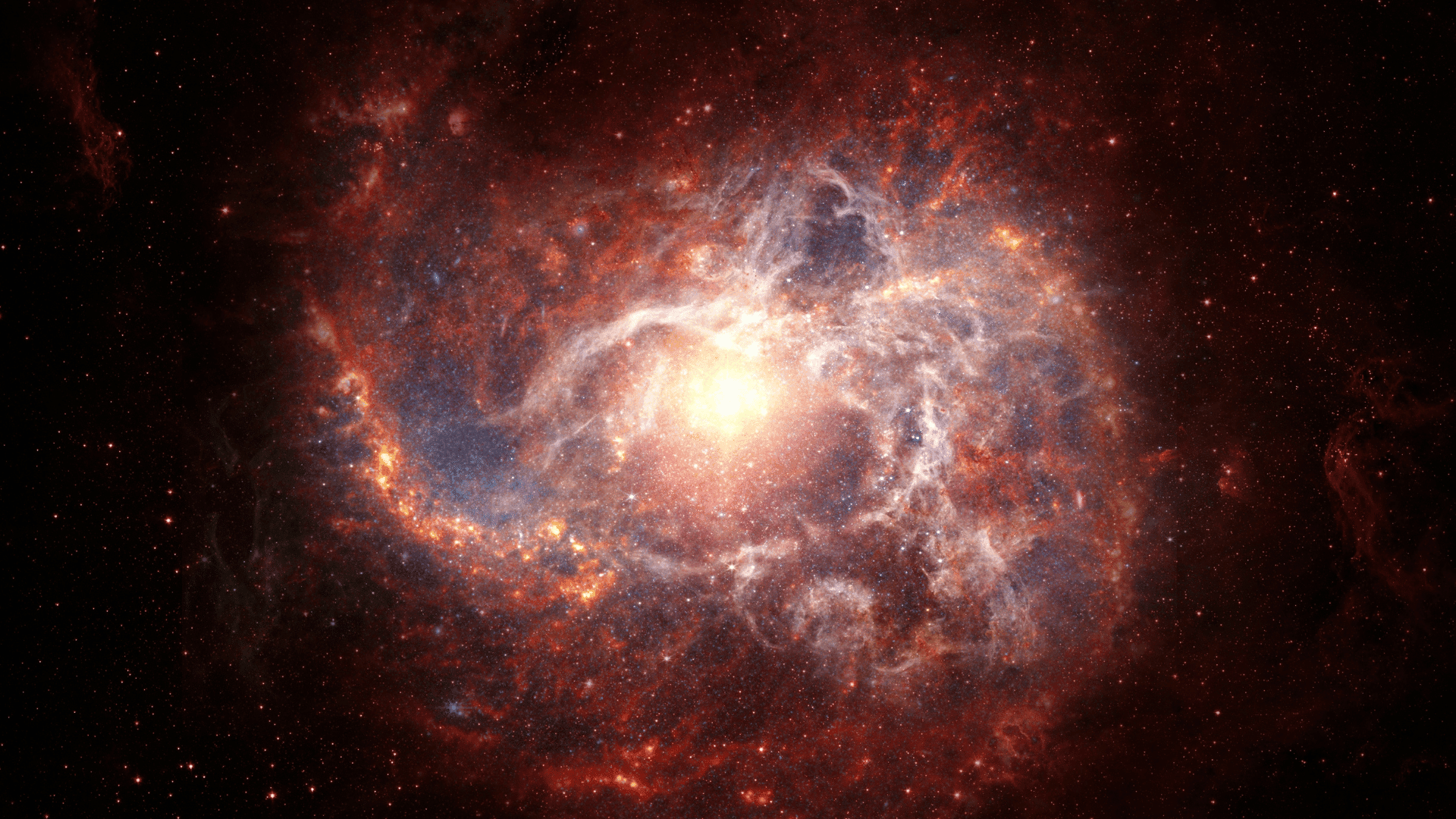Astronomers have discovered a “new star” in the constellation Lupus due to a stellar explosion within the Milky Way. The “star” or “nova”, called V462 Lupi, can currently be seen with the naked eye in parts of North America.
New Star Discovered

Whereas supernovas are so powerful that they rip stars apart, novas only impact the outer layer of a star. Classic novas occur in a binary system where a white dwarf star is pulling material away from its larger partner, causing pressure to build up on the star’s surface and trigger an explosion. Naked eye novas are reportedly very rare, occurring no more than once per year.
The new point of light was first spotted by astronomers from the All-Sky Automated Survey for Supernovae at Ohio State University. Sky & Telescope originally reported that, at the time of discovery, the nova only had an apparent magnitude of +8.7, so it was still too dim to see with the naked eye.
As the object rapidly brightened over the next few days, astronomer Yusuke Tampo, from the South African Astronomical Observatory at the University of Cape Town, studied it and concluded that it’s likely a classical nova or a large stellar explosion that temporarily glows in the night sky.
According to Live Science, the nova was given the official designation V462 Lupi on June 16th, and it had brightened to an apparent magnitude of +5.7 by June 18th. This makes the space object visible to the naked eye. According to Spaceweather.com, the nova is approximately 4 million times brighter than its progenitor star was prior to June 12th.
There’s a possibility the nova will continue to brighten in the coming days, but it’s currently most visible from the Southern Hemisphere. It can also be spotted from some areas of North America, close to the southern horizon, after sunset.
Sky & Telescope also stated that amateur astronomers reported spotting the object in places like California, Arizona, and Lake Superior.



